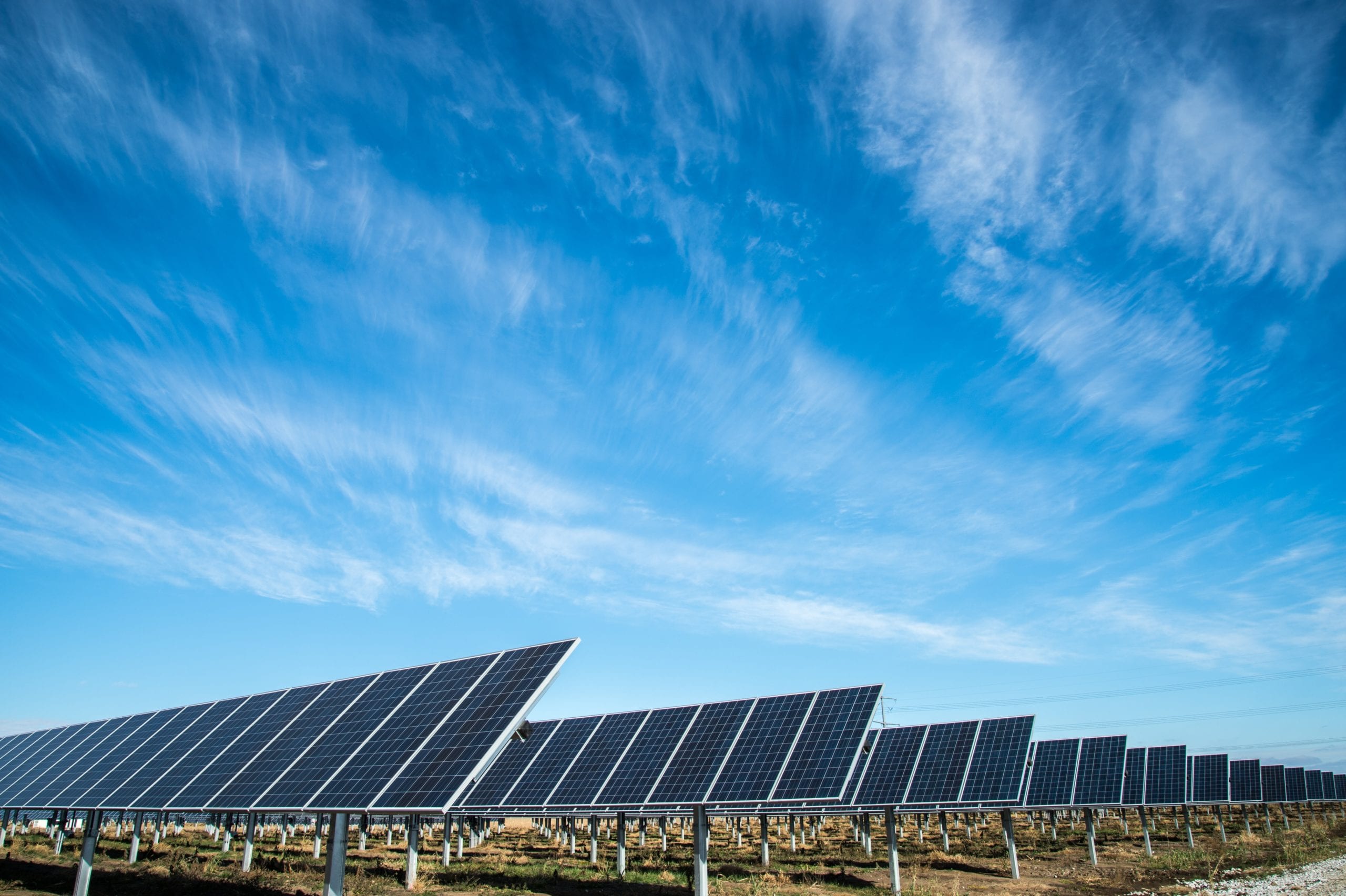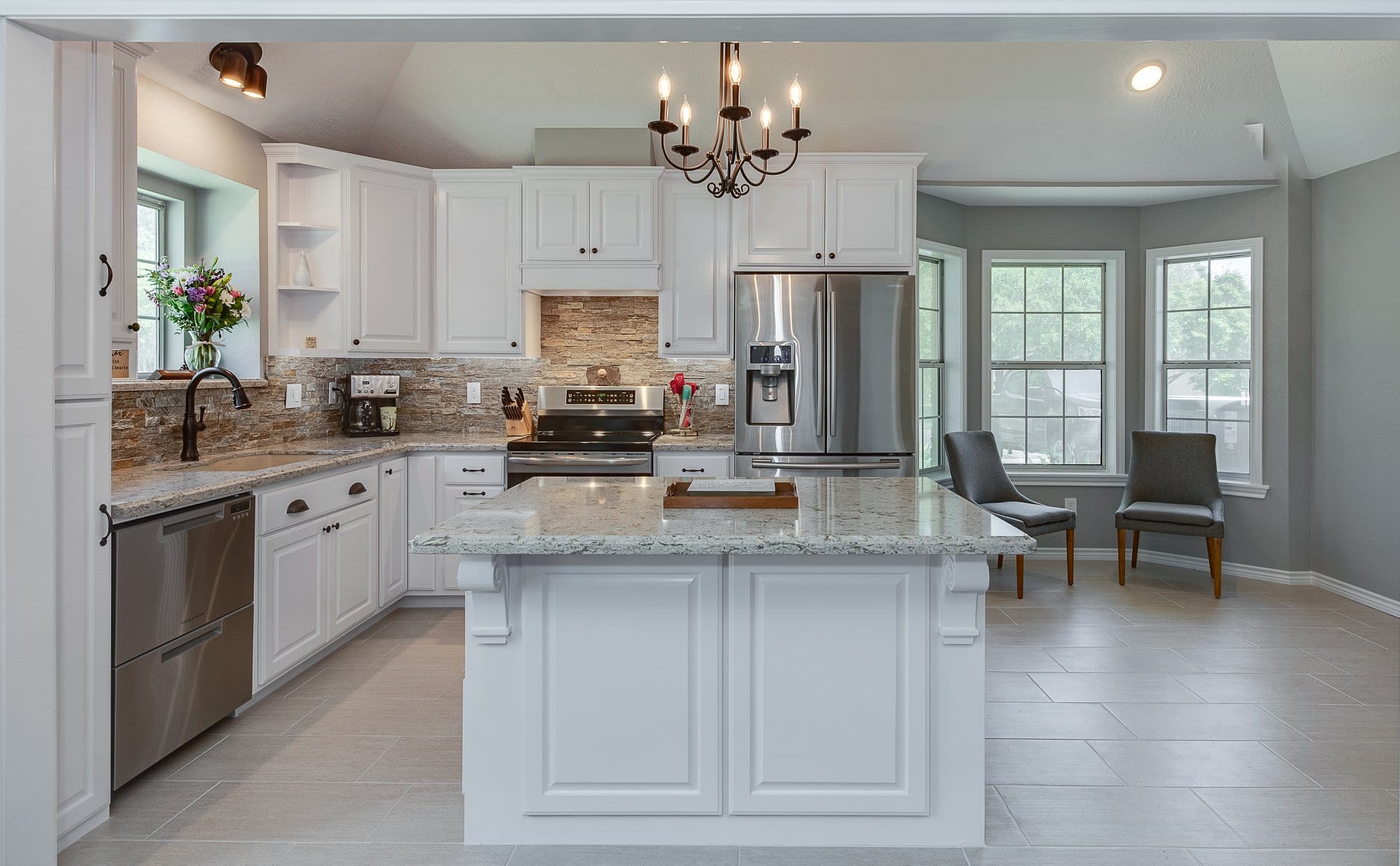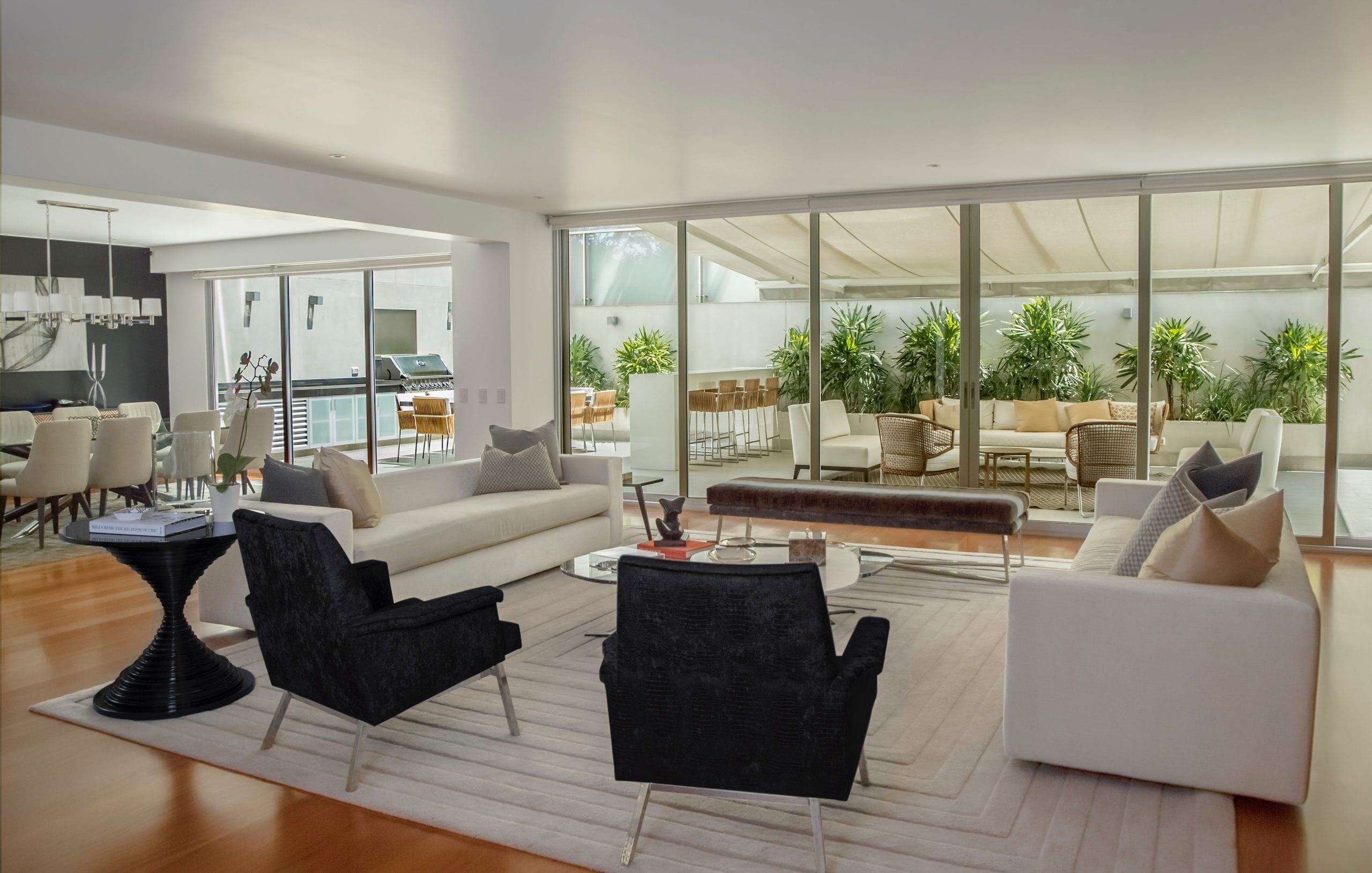
Home remodel in Bryan / College Station, by Stearns Design Build, featuring plenty of windows to bring in natural light.
It’s great that there are so many options of high efficiency windows that you can choose from. This makes saving energy and increasing the comfort of your home all that much easier to do. Though, easier might not seem like the right word when you’re staring at a vast array of windows. But, there are labels with information on each window to help you not feel overwhelmed or out of the loop when you and your contractor are selecting upgraded windows to install. Windows are designed for different climates in the United State and are Energy Star Qualified by region. There should be an Energy Star label for each window that shows which region the window is for– the Brazos area falls under the Southern region.
Another label you should look out for is the National Fenestration Rating Council (NFRC) label. This has information about the performance of the whole window as a unit. On this label are certain categories with numbers that are important to understand— the main focus of most of these categories for our area in Bryan-College Station is keeping heat out during our long stretches of hot weather.
The U-Factor category measures how well the window resists heat transfer. A lower number means less heat is transmitted through the window. For our region, Energy Star recommends that .60 be the maximum U-Factor.
The Solar Heat Gain Coefficient is another category. The SHGC number illustrates how well the window blocks the heat that comes with sunlight. Energy Star recommends that this number be a maximum of .27 for our region, which means that it prevents a majority of solar heat from entering your house (a very good thing during hot summer months).
The Visible Transmittance or VT category measures how much visible light is let into the window, with a high number meaning a large amount of visible light is transmitted (that’s good!). Interestingly, only about half of sunlight is visible to our eye. When windows let in this visible light while blocking or redirecting the rest of the light, they prevent the heat from that light from entering your home.
The Air Leakage or AL category measures the air that a window allows into and out of your home through cracks. You want this number to be low, as the more tightly you home is thermally sealed, the more efficient and comfortable it is.
The last category on the NFRC label is Condensation Resistance or CR. A higher number on this category means the window is better at resisting condensation, helping to prevent water damage from that source.
Tomorrow, we’ll blog about some characteristics of high efficiency windows and what they mean for you as you’re making your selections. Hopefully you found this blog helpful and informative, and will remember to read the labels on a window when making your selections.









